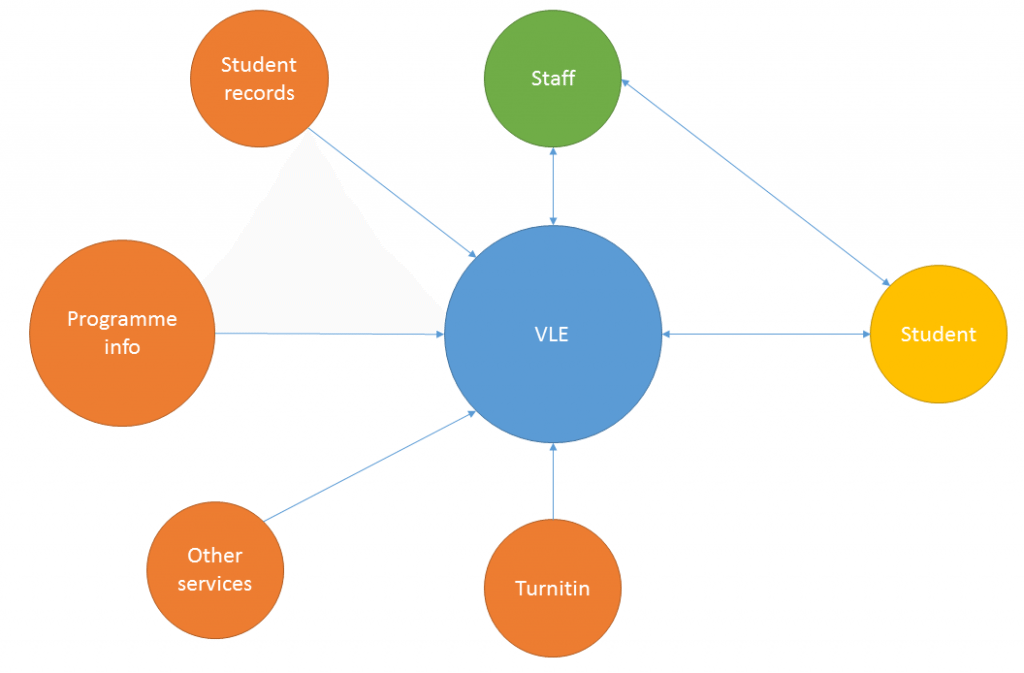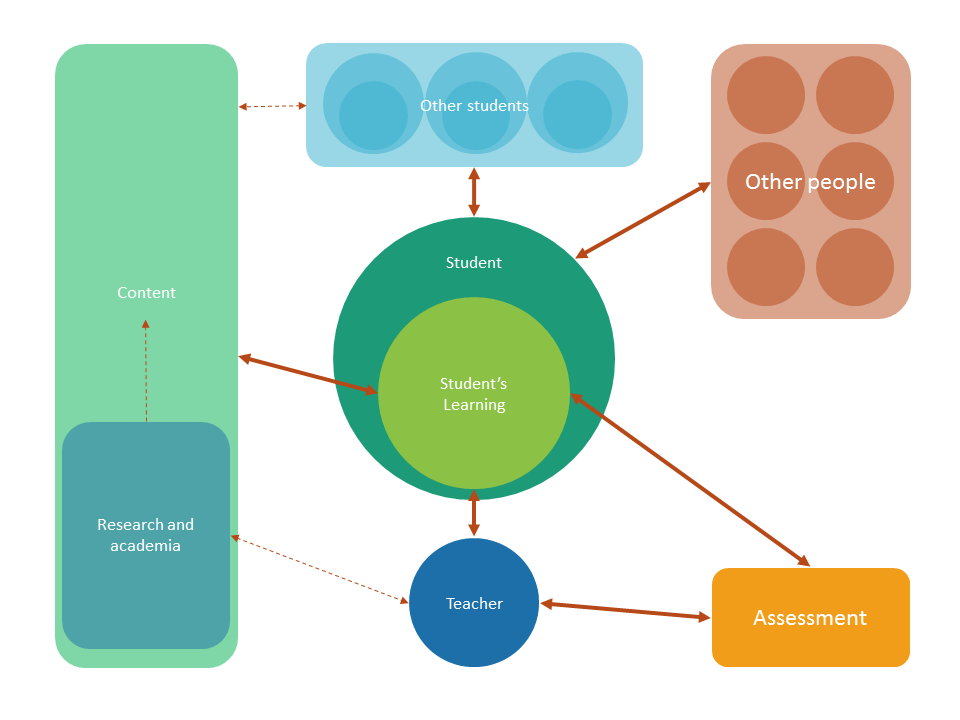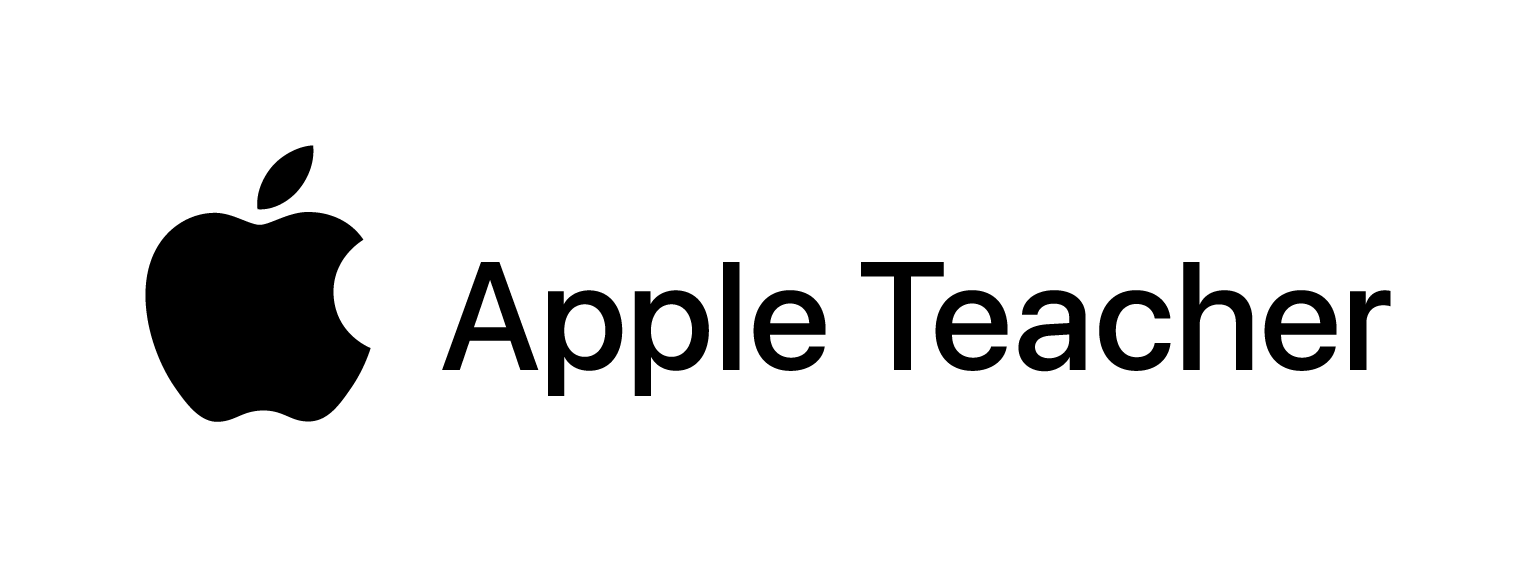As I mentioned previously, the Jisc #codesign16 ‘Next Gen Digital Learning Environment’ strand is a perfect opportunity to rethink not only how technologies support learning, but how we build an educational system to reflect how we learn.
Ever since I can remember, I have always found education a bit, well, odd. It seems false and contrived. You get taught something, you complete an activity, then you are assessed on it. It is neat, but learning isn’t. I shall attempt to explain with a tortured and clichéd analogy.
Think about how you learn to ride a bike – you probably saw other kids riding around, maybe received a bit of advice, and had a go with the help of stabilisers and an adult hand on your saddle. Riding a bike is a pretty complex activity – you have to balance, steer, pedal and interact with your environment. Throughout the process you receive feedback from your senses – and if things don’t quite work you end up testing your elbow pads. Learning to ride a bike is a high risk activity, but the motivation of the freedom bike riding provides is worth the temporary (and sometimes real) pain.
The whole process is messy and only lightly structured. But it is effective. After all, the expression ‘you never forget how to ride a bike’ probably has some truth; I’m not sure you could extend that to other things we ‘learn’.
Going over the handlebars
I accept that the techniques involved in skill development may differ from other kinds of learning. I’m not sure I’d use a similar technique to learn the first twenty elements in the periodic table. However, as a former science teacher, I became frustrated and disenfranchised by the fact-heavy curriculum – and this is the crux of the problem. Our curricula are often focused around information transmission.
Education as transmission is the dominant pedagogy for a lot of people, and it encourages tension in the teacher-student power dynamic. The teacher is the owner of the information, and chooses when and how this is transmitted to the student.
This is not healthy.
In HE we work with adults, for goodness’ sake. We work with intelligent, autonomous individuals. Our job is to prepare students to go out and change the world. Knowing ‘facts’ are not enough, unless world change only can only happen through pub quizzes.
But there is a better way: heutagogy.
What is heutagogy?
Heutagogy was proposed by Hase and Kenyon in 2000. They defined heutagogy as “the study of self-determined learning … It is also an attempt to challenge some ideas about teaching and learning that still prevail in teacher centred learning and the need for… ‘knowledge sharing’ rather than ‘knowledge hoarding’.”
Heutagogy is a logical extension of pedagogy and Knowles’ androgogy, where instead of learning being led by a teacher, the students determine their own paths through their learning. Learning becomes a social, negotiated experience. It is an emotional process mediated by needs, desires and other motivations. As stated in the Heutagogy Community of Practice “simply providing knowledge and skills without getting to concept development and testing is unlikely to create any meaningful change in behaviour, learning”.
It goes without saying that I consider learning to be about changes in behaviour, not the memorisation and recall of facts. They go on to say “The emphasis is on process not content, the learner not the ‘teacher’, on facilitation and leadership, on context and real world issues, on emotion and experience, and on an adaptable learning leader who knows their stuff.”
Heutagogy is starting to gain traction in educational circles, but the transition from traditional pedagogies is fraught with difficulties:
Going from pedagogy to heutagogy is the big league game changer. The rest is just making the same system slightly different and not better https://t.co/J4qzKWUSfy
— Paul Williams (@DriveLearning) October 27, 2016
Our job is to push for that change.
Next generation digital learning environment
So, how does this relate to the next generation digital learning environment? First we need to look at how things are currently set up.

As you will see, everything is pushed through the VLE to the student. Information flows from through the VLE from other systems; the student and staff members interact with content through the VLE. In essence, the VLE is organised around the university’s structures. To put it a different way, the student experience is organised around the university’s structures.
That has to be the wrong way round.
I have been involved with the Jisc Summer of Student Innovation competition for the last 3 years, and if I have learnt anything (and I have learned lots), then in order to create a successful ‘product’, you need to understand and design for your users.
Now, just to make this very clear:
The VLE’s users are the students
Yes, I know that academic staff use it, as do support staff and a whole host of others, but the primary user is the student.
There is also no point just making what you think the student wants. Just as there is no point making just want the student thinks they want. We have to dig down to what we all need: to learn.
So the big question here is not ‘what is the next generation of digital learning environments?’, it should be ‘how do we support student learning?’
My proposal
Let’s put the student in the centre of our system. In fact, let’s put the student’s learning at the centre.
Our next generation digital learning environment must be allowing students to connect, break and reconnect. To knowledge, opinions, other people and, well, just about anything.
Although I am happy to reconsider, but there is need to include assessment as a function of the new DLE.
I think learning is a social activity. Our new digital learning environment needs to connect people – but this isn’t limited to communication, we need emotional connection too. Any new system will need to allow, nay encourage, the development of relationships between learners.
I really like Dave Cormier’s take on rhizomatic learning, it really speaks to me. I think it could work well with heutagogical principles described above. The challenge is creating a system that allows that inherent ‘messiness’.
The next generation digital learning environment should be an enabler, not a service. It should allow us to join all these things together. The walls we built to keep our students in our existing VLEs need to be taken down – not just made a bit more porous.
My ‘vision’ of a new VLE looks something like this:

I look forward to you tearing this to shreds (and hopefully rebuilding it at something better). Feel free to comment below, or connect with the wider discussion on twitter (#ngdle)



An approach using Web 2.0 tools such as Google Docs (which allows document creation and sharing by and for the students, as well as commenting on the material directly) is worth considering.
You may have a look at this presentation:
https://goo.gl/MS9IHR
Hi Christophe,
Thanks for commenting – I really like the look of your project, it looks to be a good example of how this kind of system could work. Certainly tools like Google Apps for Education (or MS 365 *shudders*) have the ability to allow the flexibility to work in different ways, and most importantly, as you say in your presentation, be more supported throughout the process.
Thanks Christophe, there are some very interesting ideas here, which are relatively easy to implement. My particular interest is that the programmes I lead are professional preparation programmes in the health and social care sector. Therefore on several occasions per year every student is away from the institution on a work based learning experience. I can see immediately how this style of learning development could benefit our students when they are based remotely from the institution. I also like the go-animate work you’ve done here – this has spurred me to think differently about how we present solution based learning objectives which can also relate to the workplace and cause the learner to be able to see real world applications whilst in their placements. Lots to think about. Many thanks for your post.